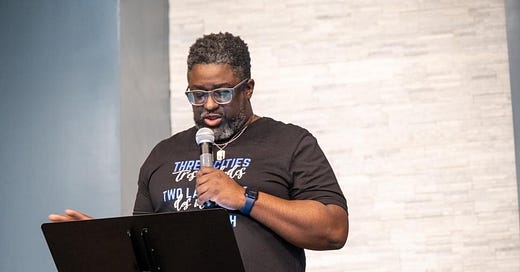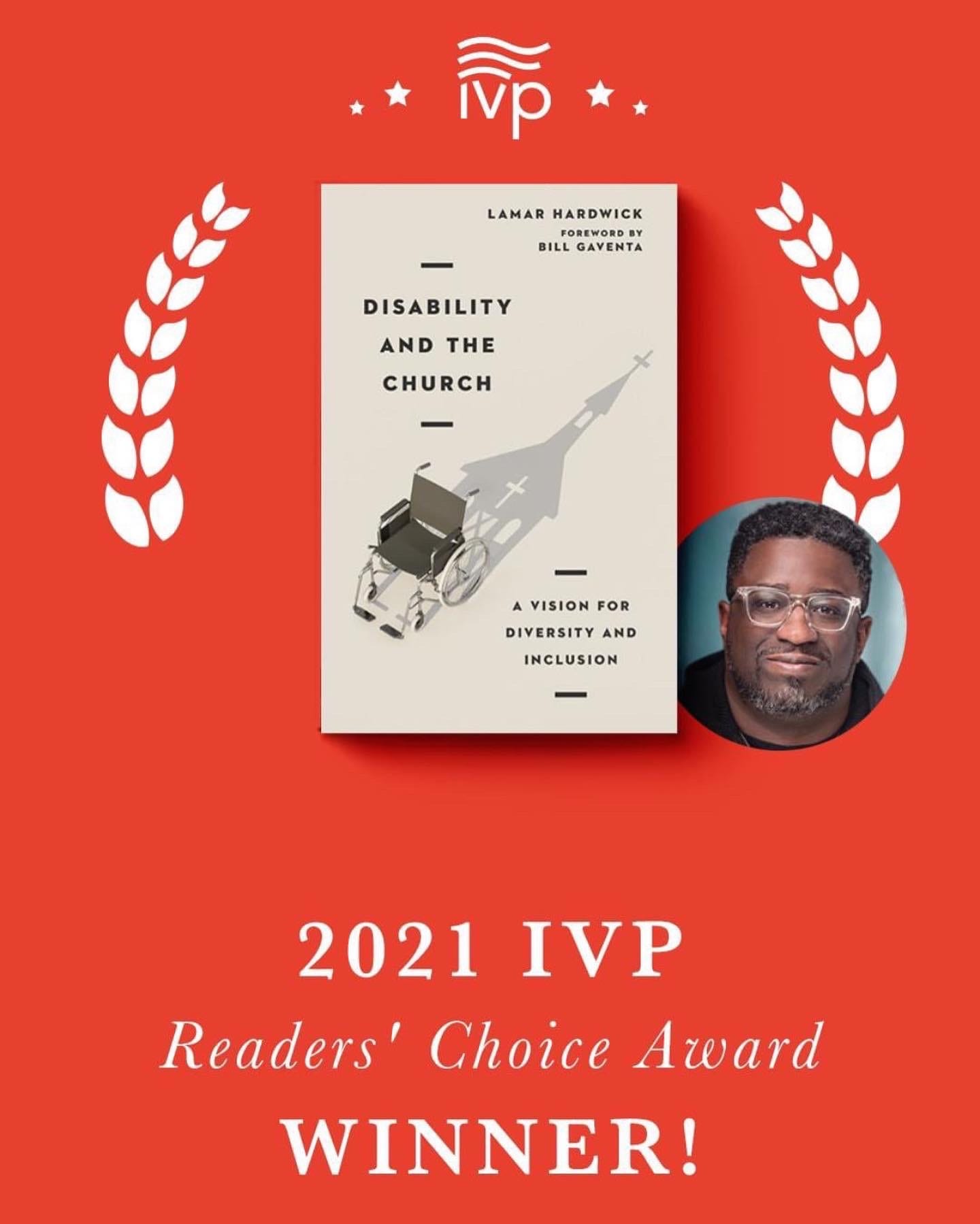PASTORS, HERE ARE THREE WAYS TO PREACH BETTER SERMONS ABOUT DISABILITY
Note: I was recently asked my thoughts about a very popular pastor and speakers repeated use of the word “lame” as a rhetorical device during a recent sermon.
First, I haven’t watched the entire sermon but I found the clip I did watch to be troubling because the term was used as a device to describe an undesirable disposition toward life, God, faith, and purpose.
The work of disability justice and inclusion in faith communities beckons us to examine the use of terms associated with disability while using those phrases as rhetorical devices particularly when the language is being used to describe disability as an unwanted and undesirable living experience.
I don’t quite yet have the capacity to provide a full response seeing as how I’ve not watched the entire sermon, however I will offer an article I wrote back in 2018 that addresses how to preach about disability as well as how to protect our disabled parishioners and neighbors and keep them safe from such spiritual harm.
There are a few things that I would add seeing as how this article is five years olé and I have grown in experience and education since then, however I think it’s a good starting point for discussing how harmful sermons like the aforementioned one can be to disabled people.
Below is the original article.
One day a kindergarten teacher was walking around her class checking in on her students to see how they were progressing on their art assignment. Pleased with what she was seeing, she continued to move about the room, slowly pacing by each child’s desk periodically pausing and offering words of praise and affirmation to her young pupils. She rounded the corner toward the back of her classroom and as she approached young Sarah, she saw what looked to be the beginning stages of an interesting art project. The teacher leaned over to get a closer look at Sarah’s picture and when she was unable to discern what the picture was, she said to her, “Sarah, that’s an interesting picture, what are you drawing?” Without looking up Sarah replied, “I’m drawing a picture of God!” Stunned for a brief moment, the teacher chuckles and says to Sarah, “Oh honey, no one really knows what God looks like.” Without so much of a flinch, Sarah confidently replied, “They will when I’m done with my picture!”
Sometimes the best pictures of the divine come from what some people would consider the most unlikely of sources. As a pastor, preacher and public speaker I know the importance of preaching and story-telling as one of the most powerful forms of transformation. The ability to weave words together to create a tapestry of images that inspire the mind and stir the soul is artistic. In many ways autism has given me this precious gift.
Preaching is a calling and an art form and God blesses us with the opportunity for our sermons to serve as a canvas to paint portraits of God’s grace and love for his creation. Pastors and preachers, here are three ways to effectively utilize your canvas to inspire people to experience the divine by becoming more inclusive of those with disabilities.
1. Preach about broadening the boarders of community.
We must always be mindful that we carry the task of painting a vivid picture of what community looks like when God is intimately involved and not merely institutionally involved in our church. Our preaching should push our congregations to have a broader view of community. When Jesus teaches a parable about a lost sheep, he shocks the listeners into hearing God’s heart for those who are missing from the community. The parable isn’t merely about the sinfulness of the sheep because well, the sheep never repents. On the contrary Jesus seems to be teaching a message about the shamefulness of an entire community that sees itself as complete while one of its own is missing. Preaching that helps our church become disability focused should begin with painting a picture that poses a question, “Who is missing from our church?” With one simple question we can invite our congregations to broaden the borders of our community.
2. Preach about building God’s Kingdom based on real community not just charity.
One day while Jesus was preaching to crowds in a home a few men brought their disabled friend to Jesus to be healed. The gospel writer Luke shares that Jesus observes the demonstration of faith displayed by the man’s friends and offers forgiveness. When Jesus was questioned about his authority to forgive sins, he asked a compelling question. “Which is easier: to say, ‘Your sins are forgiven,’ or to say, ‘Get up and walk’?” Perhaps what Luke’s account can teach us is that Jesus understood the need to see beyond an opportunity for charity, he saw the need for true communion with God. Pastors we can help our churches become more inclusive of the disability community if we move beyond the easy sermons about just serving those with disabilities with charity and move to the harder subject of including them in our community and caring for their spiritual needs as well.
3. Preach about how disability does not diminish value.
One of the most inspiring messages about disability comes from the apostle Paul and his transparency about his thorn. While we may never know exactly what his ‘thorn’ was, he does suggest that it caused him physical discomfort and that it was a permanent issue. Many times preachers preach about disability in the biblical text as an issue that limited people’s usefulness to God until healing happened. Paul shares that his disability was never healed by God and yet it did not prevent his usefulness to God. In fact, Paul shares that his thorn never stopped him from becoming a better servant instead it actually stopped him from becoming proud which means that it prevented him from the worst version of himself.





